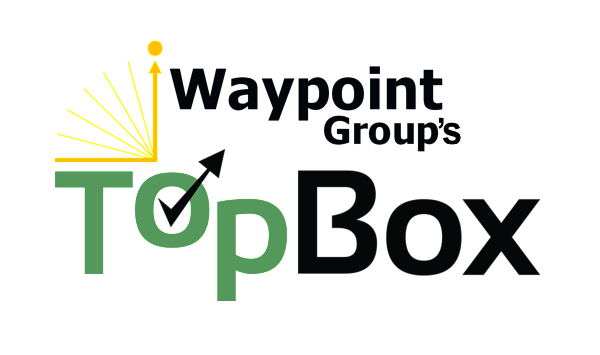Table of Contents
Getting the most out of Tags
Run report and filter settings
Save report settings
Erase filter set
Use tags to classify comments by categories and flag comments for follow-up
What are Tags? Create custom tags to facilitate comment analysis and closing the loop with clients through alert followups.
- Close the loop with Detractors and Passive contacts and those requesting to be contacted
- Gain a better understanding behind contacts’ sentiment and concerns through further interaction with specific clients using the Comment Analysis and Alert Followups reports
- Utilize filters to zoom in on specific contact Roles, account Tiers, sentiment levels, and more
Getting the most out of Tags:
- Adding Tags:
- Click on the “ADD” button at the top of the gray banner and provide the following: Name, Sequence (in terms of priority), Description (for the Tag), and click the purple “Update” button
- Nesting Tags:
- After creating the first Tag or two, those can be used as “parent” categories
- Click on a previously created Tag under the Name column, so it is highlighted in blue
- Click “ADD,” fill out the appropriate fields, and click “Update”
- Example of a nested set:
- Comments
- Product
- Features
- Quality
- Sales
- Support
- Effectiveness
- Timeliness
- Training
- Value
- Product
- Followup
- Invalid expectation by customer
- Invalid expectation set by Sales
- Comments
- Expand/Collapse:
- The “EXPAND” and “COLLAPSE” buttons at the top of the gray banner will expand/collapse a highlighted “parent” Tag to reveal/collapse nested Tags
- Some of the main and nested Tags will already be populated throughout the implementation process
- # of Tagged Items column will show the number of times each particular Tag has been used
- Useful Filter examples:
- In Settings & Filters Contact Filters, click on the dropdown menu for Roles and filter by Decision Makers, Influencers, Day to Day (and Other).
- In Settings & Filters Account Filters, click on the dropdown menu for Tier to narrow in on certain account tiers.
To run this report:
1. Select your Settings & Filters*, including:
- Account Filters: by Accounts, Primary Product, Tier, Region, Sales Rep, Account Manager
- Contact Filters: by Contacts, Roles
- Questionnaire Filters: by Questionnaire, Wave OR Start/End Dates*
- You may select a start wave without an end wave if that is the only wave for which you want to report
- Selecting a wave in the “Start wave” filter will show all data in that wave.
- Selecting a value in the “End Wave” filter will show all results for the entered range of start wave and end wave
- Question Filters: by scores (0-10) relating to specific question types and attributes
*NOTE: The filter names are part of a default set and may change during implementation to better suit your company’s needs.
*NOTE: We suggest using Campaigns (“Waves”) instead of Dates for accuracy in including all Non-Responders. Waves are time periods used for sending, managing, and analyzing feedback and assessing change in customer perception over time (similar to a marketing campaign)
2. Run the report by pressing . You can save these filter settings to use across other reports by clicking the button under the “Settings & Filters” heading.
You will see:
- Data Table: Name [of Tags], Sequence, Description [of Tags], # of Tagged Items, Actions (Edit, Update)
- Click on the column names to sort results by highest/lowest # of Tagged Items. Click on the column header again to change the sort direction from Ascending to Descending. Clicking a third time will turn off sorting on that column
- You may sort by more than one column by clicking each column name in the order desired
3. To clear the filter set, make sure to do so by clicking on the icon under the “Settings & Filters” heading.
